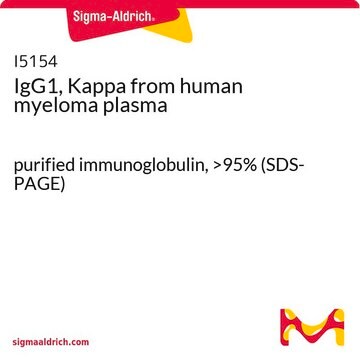50811-U
Ascentis® Express 90 Å C18 (2 μm) HPLC Columns
L × I.D. 5 cm × 2.1 mm UHPLC Column
Synonym(s):
Core-shell (SPP) Fused Core C18 HPLC column
About This Item
Recommended Products
product name
Ascentis® Express C18, 2 μm UHPLC Column, 2 μm particle size, L × I.D. 5 cm × 2.1 mm
material
stainless steel column
Agency
suitable for USP L1
product line
Ascentis®
feature
endcapped
manufacturer/tradename
Ascentis®
packaging
1 ea of
parameter
1000 bar max. pressure (14500 psi)
60 °C temp. range
technique(s)
LC/MS: suitable
UHPLC-MS: suitable
UHPLC: suitable
L × I.D.
5 cm × 2.1 mm
surface area
120 m2/g
impurities
<5 ppm metals
matrix
Fused-Core particle platform
superficially porous particle
matrix active group
C18 (octadecyl) phase
particle size
2 μm
pore size
90 Å pore size
operating pH
2-9
application(s)
food and beverages
separation technique
reversed phase
Looking for similar products? Visit Product Comparison Guide
Related Categories
Legal Information
Choose from one of the most recent versions:
Certificates of Analysis (COA)
Don't see the Right Version?
If you require a particular version, you can look up a specific certificate by the Lot or Batch number.
Already Own This Product?
Find documentation for the products that you have recently purchased in the Document Library.
Customers Also Viewed
Related Content
Small molecules are ions and compounds of molecular weight typically less than 900 daltons. These compounds can be effectively separated and analyzed by HPLC, UHPLC and LC-MS using mainly silica particles or monolithic stationary phases with a broad range of column chemistries (modifications).
Our team of scientists has experience in all areas of research including Life Science, Material Science, Chemical Synthesis, Chromatography, Analytical and many others.
Contact Technical Service







